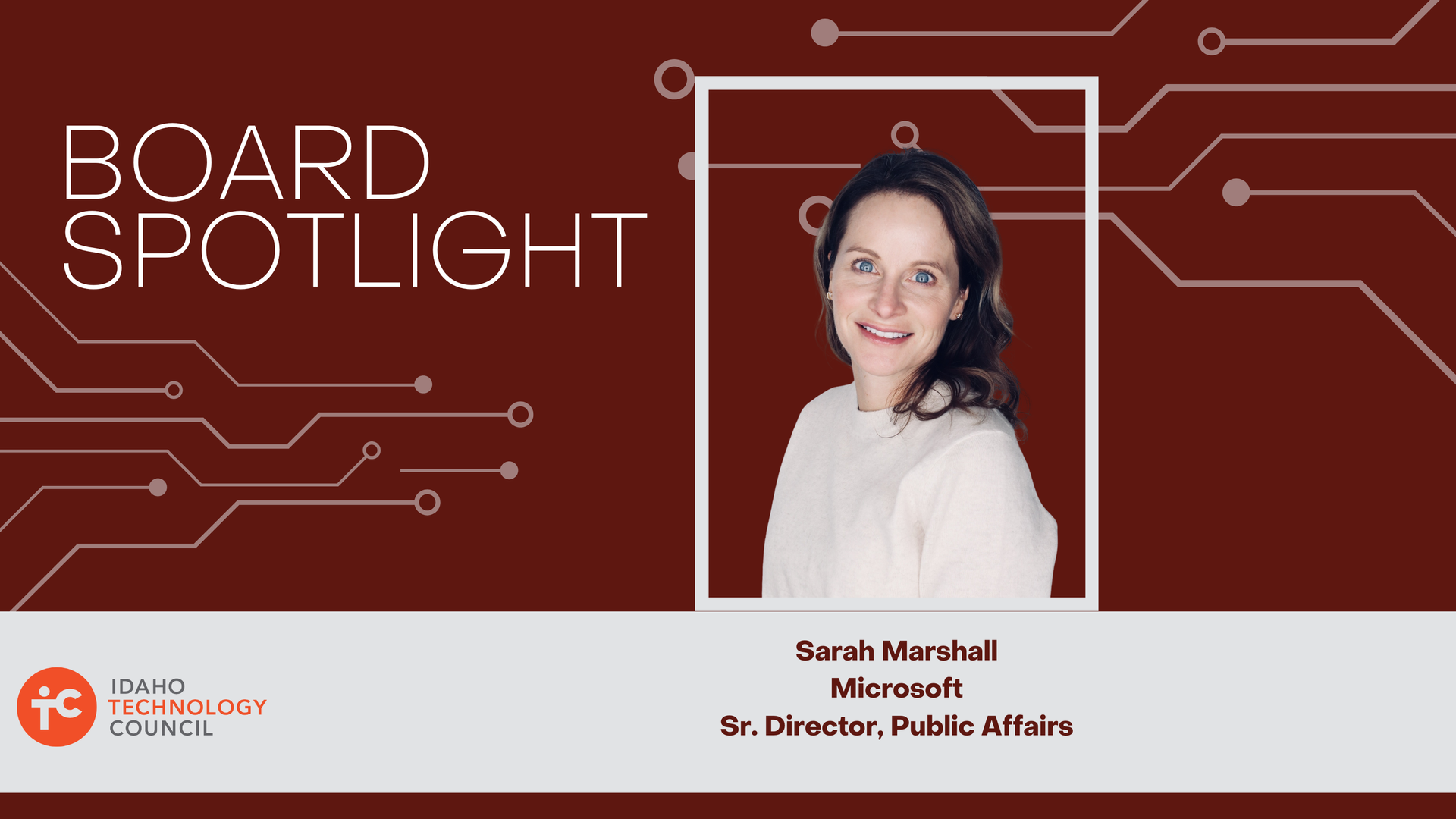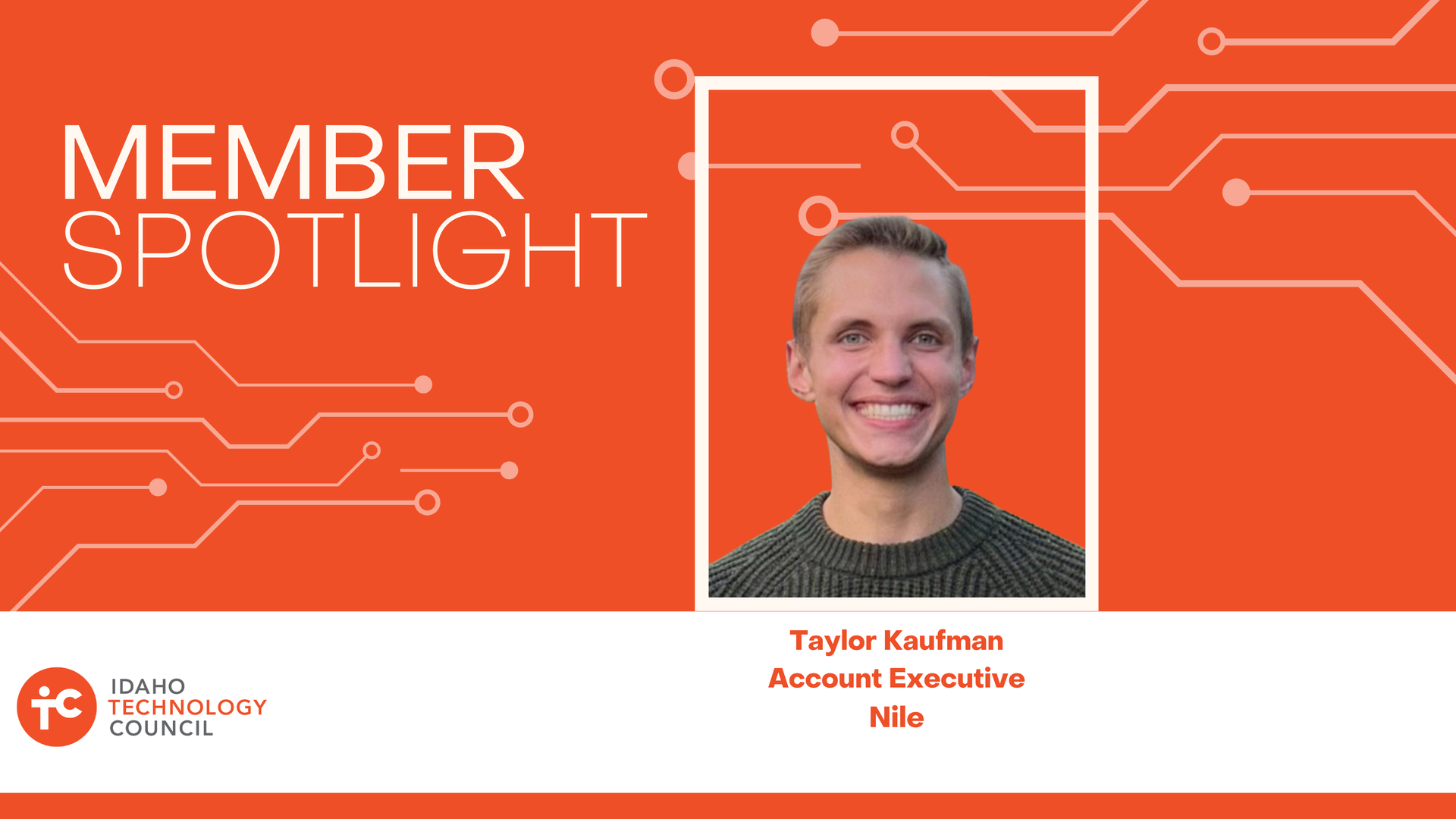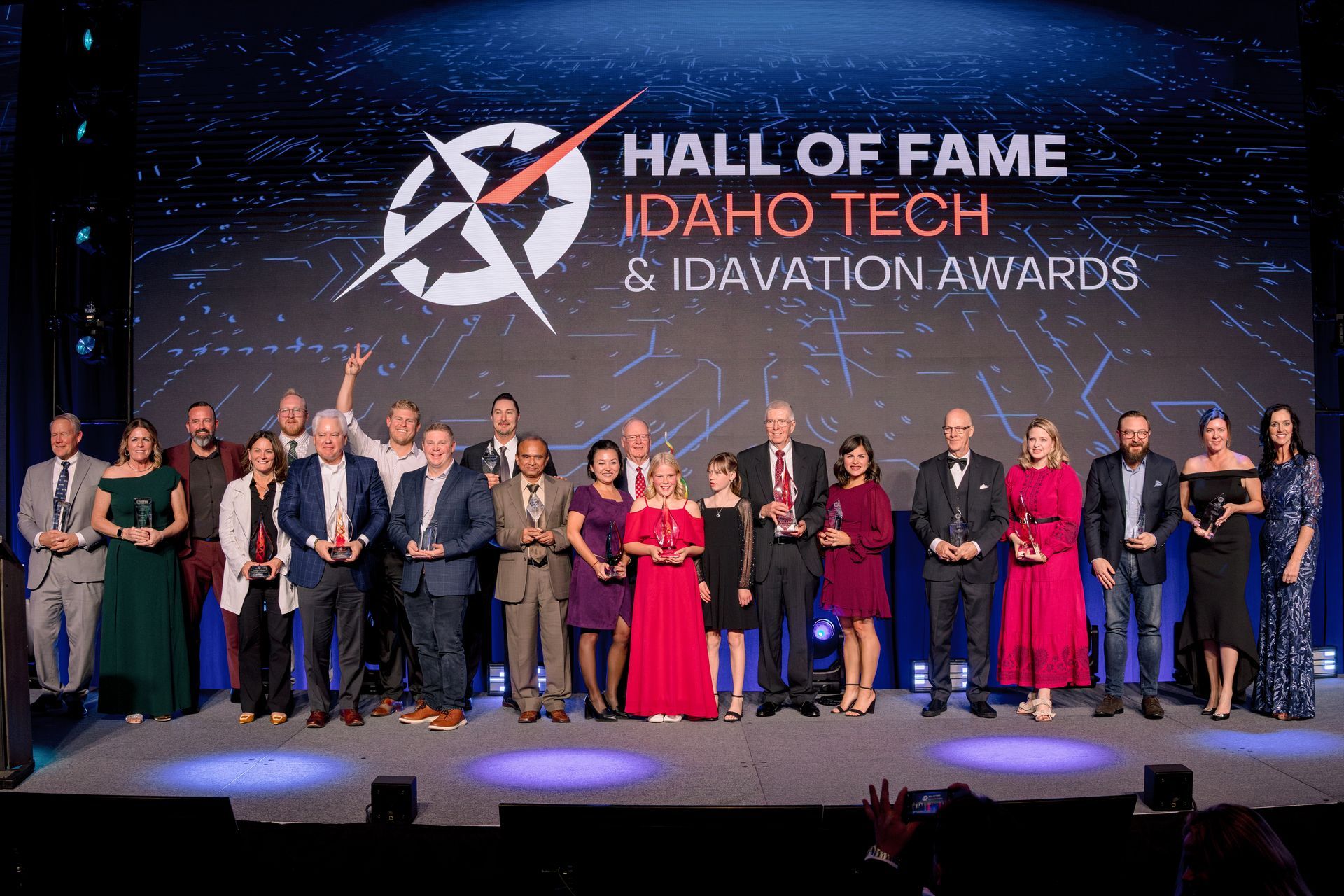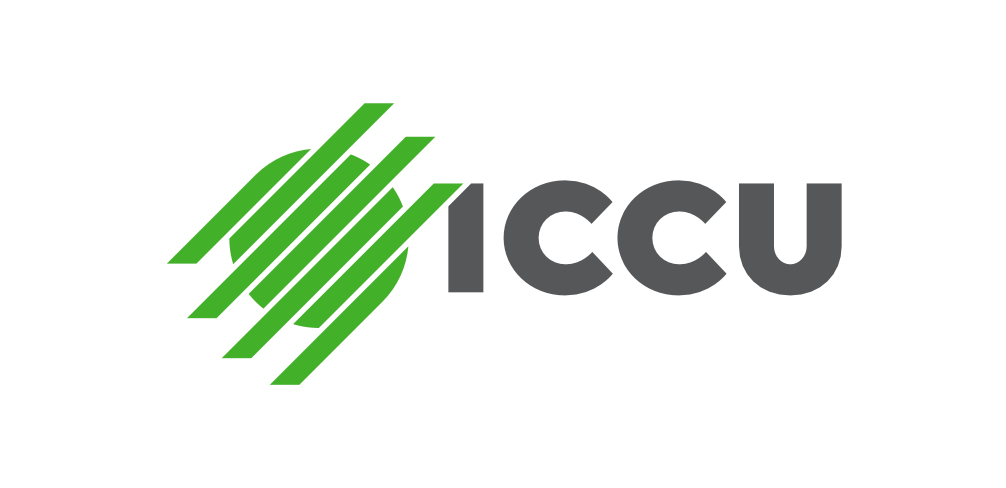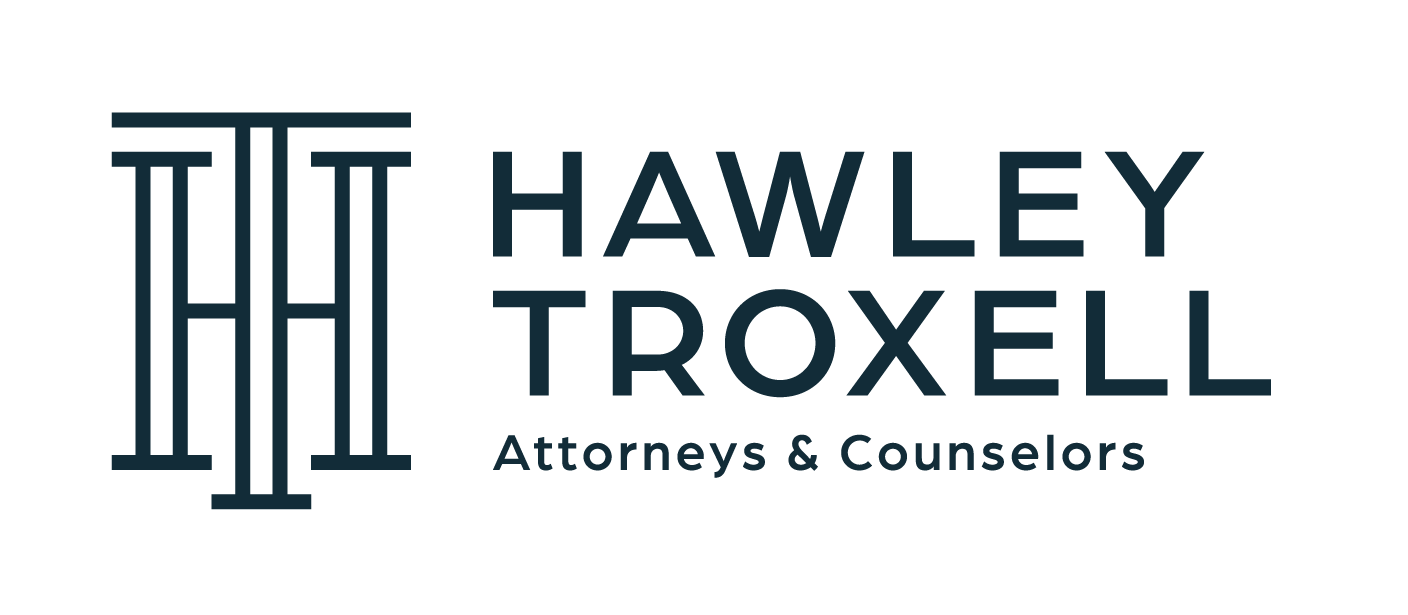How I Almost Got Scammed: A Real-Life Cybersecurity Wake-Up Call

By Betsy Davies, Vice President of Operations, Idaho Technology Council
It happened on an ordinary afternoon. I was scanning my inbox—hundreds of unread emails as usual—when one message caught my eye. It looked legitimate: clean formatting, proper logos, no obvious typos. The subject line said something about a new charge for $810.45 at Kraken.com through PayPal. That number alone made my stomach drop.
The email appeared to come from PayPal and even included familiar links and disclaimers. It claimed that if I didn’t recognize the charge, I should call their customer service number immediately. I wasn’t thinking about cybersecurity—I was thinking about how $810 could wreck my budget. So, without hesitation, I called.
The Call That Almost Cost Me Everything
An automated voice answered, saying I’d reached PayPal’s customer service and that they were experiencing high call volume. It sounded exactly like any other professional support line. When a live agent came on, he was calm, reassuring, and polite. He told me not to worry—they’d help secure my account.
Then came the “verification” process. He asked for my email and phone number and said he’d send me a code to “reset my password” for security reasons. When the code arrived, the text message itself warned me not to share it with anyone. That was my first red flag. I mentioned this to the man, but he quickly reassured me that it was safe to share it “with PayPal.”
That explanation didn’t sit right with me. As he continued asking about my devices and insisted I use my personal computer—not my phone, tablet, or work device—to log in, my suspicion grew. When I started asking more questions, his tone changed—impatient, almost irritated.
That’s when I knew.
Trusting My Gut—and Taking Action
I told him I couldn’t access my personal computer just then and hung up. My hands were shaking. I immediately looked up PayPal’s official customer service number from their website and called. The real PayPal representative confirmed my worst fear: the email and phone number were part of a phishing scam. She helped me secure my account immediately.
What I Learned—and Why I’m Sharing This
Even as someone who works for a technology organization, I nearly fell for it. And that’s the part that stung. I felt angry, embarrassed, and a little shaken. But I also realized something important—these scams are sophisticated, targeted, and emotionally manipulative.
I’m sharing my story to help remove the stigma that so many feel after experiences like this. Falling for a scam doesn’t make you naïve; it makes you human. The more we talk about these incidents, the better equipped our community will be to recognize them and stop them before any real harm is done.
Staying Safe Online: Practical Tips for Everyone
Cybersecurity Awareness Month is the perfect time to remind ourselves—and each other—how to stay safe online. Here are a few steps that can make all the difference:
- Pause before reacting. Scammers thrive on panic. Take a breath and verify before clicking or calling.
- Check the sender’s details. Look carefully at the email address and links—slight variations often reveal fakes.
- Never share verification codes or passwords. No legitimate company will ask for these over the phone or by email.
- Access accounts directly. If you get a suspicious message, go to the company’s official website or app instead of following links in the message.
- Use multifactor authentication (MFA). It adds an extra layer of protection even if your password is compromised.
- Talk about it. If you almost get scammed—or do—share your experience. It helps others learn.
A Final Word
Cybersecurity isn’t just an IT issue—it’s a community issue. The more informed and connected we are, the harder it becomes for scammers to succeed. My hope in sharing this story is that someone else will think twice before dialing that fake customer service number or clicking that too-convincing link.
Let’s stay vigilant, stay curious, and keep protecting one another.
Betsy Davies is the Vice President of Operations at the Idaho Technology Council, where she works to bridge the gap between business, community, and technology.
